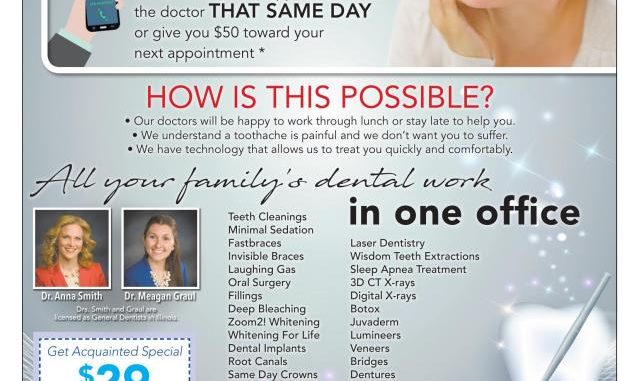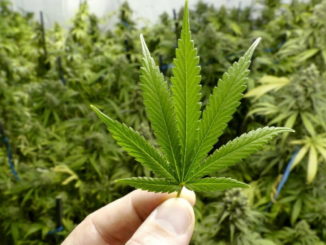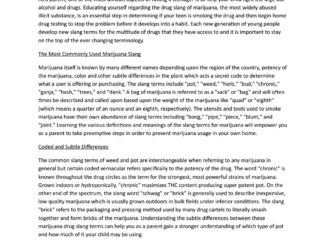
Have you ever been told by your dentist, "Gee! I seem to be off today! I cannot get you fully frozen". There are many techniques to deposit local anesthetic into the oral cavity (tissue of the mouth) however, for this discussion; I will only deal with two basic modes, namely infiltration and complete nerve block.
Infiltration allows the dentist to freeze one or two teeth at one sitting, whereas the nerve block freezes a complete quadrant. For dental purposes the mouth is divided into four quadrants, to facilitate the numbering (of the teeth) process. Whether one is given an infiltration or a block, the desired expectation for the dentist is the same. He / she needs to be able to complete the procedure without the patient feeling no more than the initial gloved fingers of the dentist. In other words, that area of the patient's mouth should feel like a piece of log. It is referred to as the "wooden effect" and dentists call this "class A" anesthesia.
However, according to all textbooks on dental anesthesia, failure is generally accepted to be around 15%. There are some 15 to 18 people out of 100 who will still have residual sensation, or in other words, will experience some discomfort and or pain. When this situation occurs, dentists will chat among themselves as to the reason (s) why. Discussion of marijuana comes later in the text.
There are many reasons listed, ranging from a bad batch of anesthetic solution to persons who may be classified as having accessory innervations. There could also be patients with anatomical variations, such as a wide flaring mandible and furthermore, the explanations could be an infection within the gum tissue. There are several more reasons, for example too rapid a delivery of the solution, or even an over anxious patient. These all add up to give us that 15% failure.
However, our changing lifestyles and habits are beginning to become a thorn in the sides of dentists. The growing use of cannabis … known on the street as marijuana, is being associated with the inability to achieve local anesthesia in some patients. The duration of action of local anesthetics depends primarily on the redistribution of the drug away from the site of action. This redistribution can be altered by several factors, some of which also influence onset. These considerations include diffusion away from the site, concentration, lipid solubility and protein binding qualities. This recreational habit is no longer an experimental phase of a growing youngster. It is now widespread among all walks of society.
Dentists have never had to deal with this variable factor back in the sixties and seventies. However, before he / she starts the "marinating" process, this is when the dentist deposits several different brands of anesthetic solution in numerous. Areas of the mouth, hoping to strike luck. But this luck is seldom present. There is a small window with which the dentist has to play. If anesthesia is not apparent within that time, then the tissue has become too acidic and another attempt can be made later when the pH of the tissue has settled down somewhat.
Contrary to popular beliefs, the administration of a "cocktail" anesthetic concoction offers very little, if at all any pharmacological advantages. Patients using cocaine should allow at lease twenty four hours, if a dental visit would involve the use of epinephrine (present in anesthetic solutions). The interaction of these two substances can cause a rise in blood pressure as well as a change in heart rhythm. The explanation of this phenomenon (marijuana) can be answered pharmacologically. Smokers of marijuana trigger high liver enzyme activity, which is known to hasten the breakdown (metabolism) of the local anesthetics. This results in a situation of not being able to sustain profound anesthesia.
References:
References: Haas DA. Localized complications from local anesthesia. Journal of the California Dental Association 1998 26: 677-81. Haas DA. Drugs in dentistry. In: Canadian Pharmacists Association. Compendium of pharmaceuticals and specialties. Ottawa: CPA, 2002, L51-54.
Proudly WWW.PONIREVO.COM



